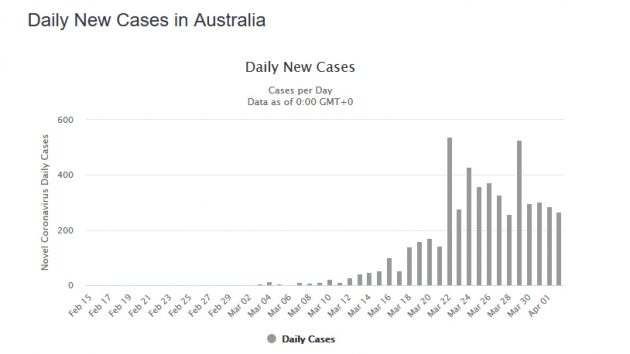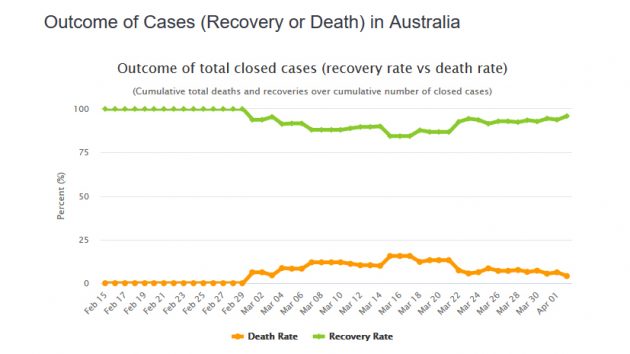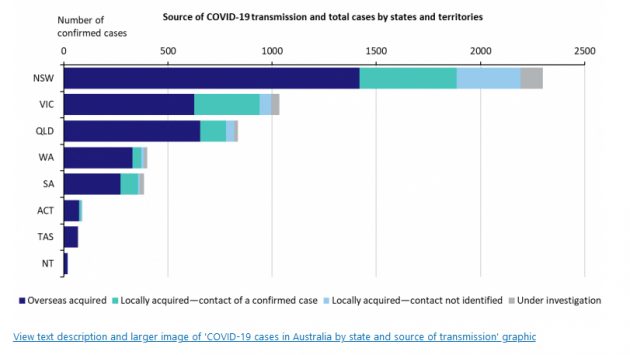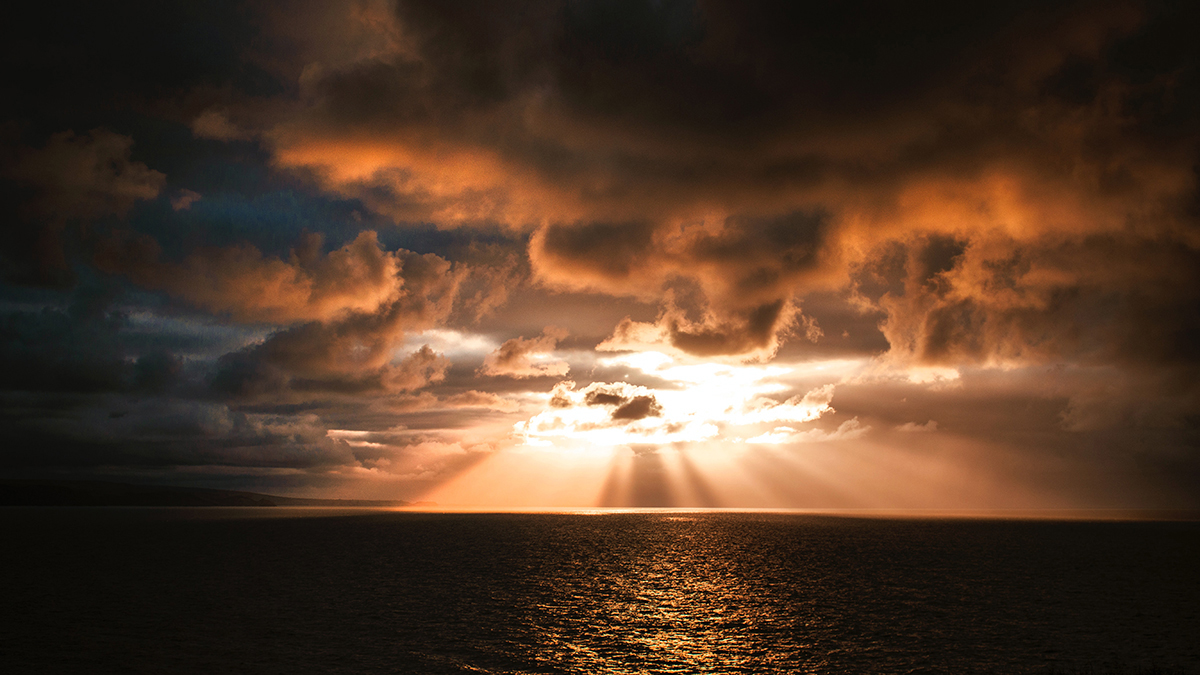As Australia slogs its way through increasingly stringent lockdowns and ongoing economic devastation caused by the Chinese virus, there’s a glimmer of autumn sunlight at the end of the tunnel. It’s almost certainly too much to hope for a wholesale reopening of the country by Easter, but there’s good news, all the same.
New infections of COVID-19 have declined (mostly) steadily for the past week. Especially in what has been the hotspot of infection in Australia.
The number of new COVID-19 cases in NSW has dropped below 100, its lowest level in weeks, with health officials revealing 91 confirmed infections overnight.
NSW chief health officer Dr Kerry Chant said there were 2,389 cases across the state, with 42 cases in intensive care and 22 of those patients requiring ventilators.
But Premier Gladys Berejiklian said community transmission remained a focus for concern, with 336 infections locally acquired without a source.
She said restriction measures would most likely be in place for at least six months, even though under law they were in place for three.
The Tasmanian government is reading from the same script, notwithstanding that the island state has been markedly less affected than the Mainland.


Tasmania has seen a slowing in the rate of new cases but authorities warn it is too early to relax lockdown laws.
Premier Peter Gutwein on Friday morning said the rate of increase in infections in the state was also lower than the national average, but that this could change very quickly.
“This is not the time to be complacent,” he said, adding that the national cabinet would on Friday consider further measures to ensure retail stores were not spreading the virus.
The vast bulk of cases in Australia can be traced to overseas, and especially to cruise ships. Still, community transmission obviously remains a concern.

On the other hand, if cases continue to fall as they have, and the current level of restrictions remain – or get even more stringent – for six months, COVID-19 may not be governments’ biggest problem. After just a few weeks, Italians aren’t singing from their balconies any more. Lock Australians in their homes for six months and even the most community-minded souls are sure to get a touch restive.
PM Scott Morrison is praising Australia’s success. While he isn’t indicating that the lockdowns will end soon, he is already talking about “entering the suppression phase” and “working on an exit plan”.
Meanwhile, across the Tasman, things are getting worse.
Coronavirus cases continue to grow in New Zealand over a week after the country entered an extreme stage of lockdown designed to eliminate the spread of the virus. On Friday, New Zealand’s Director-General of Health Dr Ashley Bloomfield said a further 71 cases of coronavirus have been discovered in the country, bringing the total to 868 and putting the relatively isolated country on track to hit 1000 cases by the start of next week.
Despite all non-essential businesses, schools, universities and most childcare centres being closed across the country last Wednesday, Dr Bloomfield said that 10 clusters have been identified across the nation.
But the good news in Australia might be seen as a ray of sunshine for New Zealanders.

Australia seems to have been about a month ahead of New Zealand in being exposed to the virus. Australia’s infections grew more rapidly than New Zealand’s. Now Kiwis just have to wait and see whether or not cases start to decline, as lockdowns continue.
If you enjoyed this BFD article please consider sharing it with your friends.

